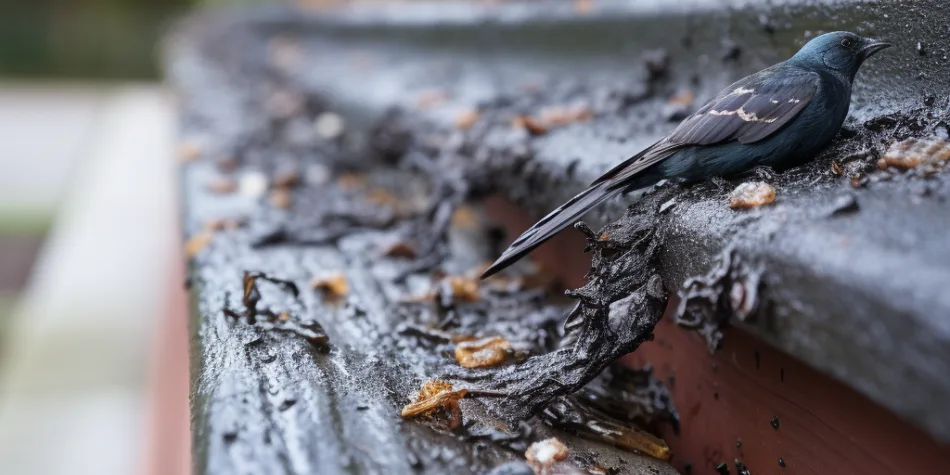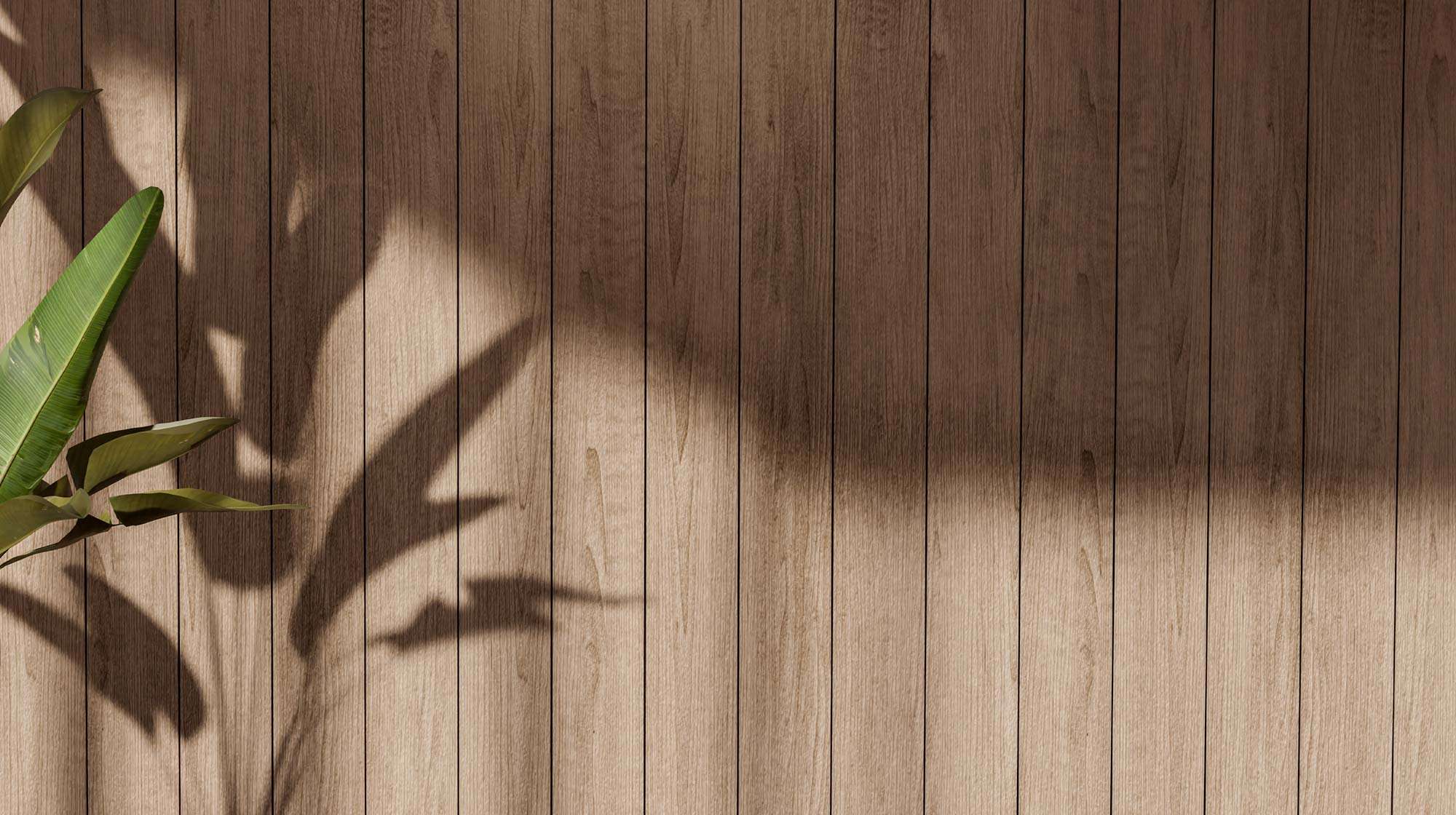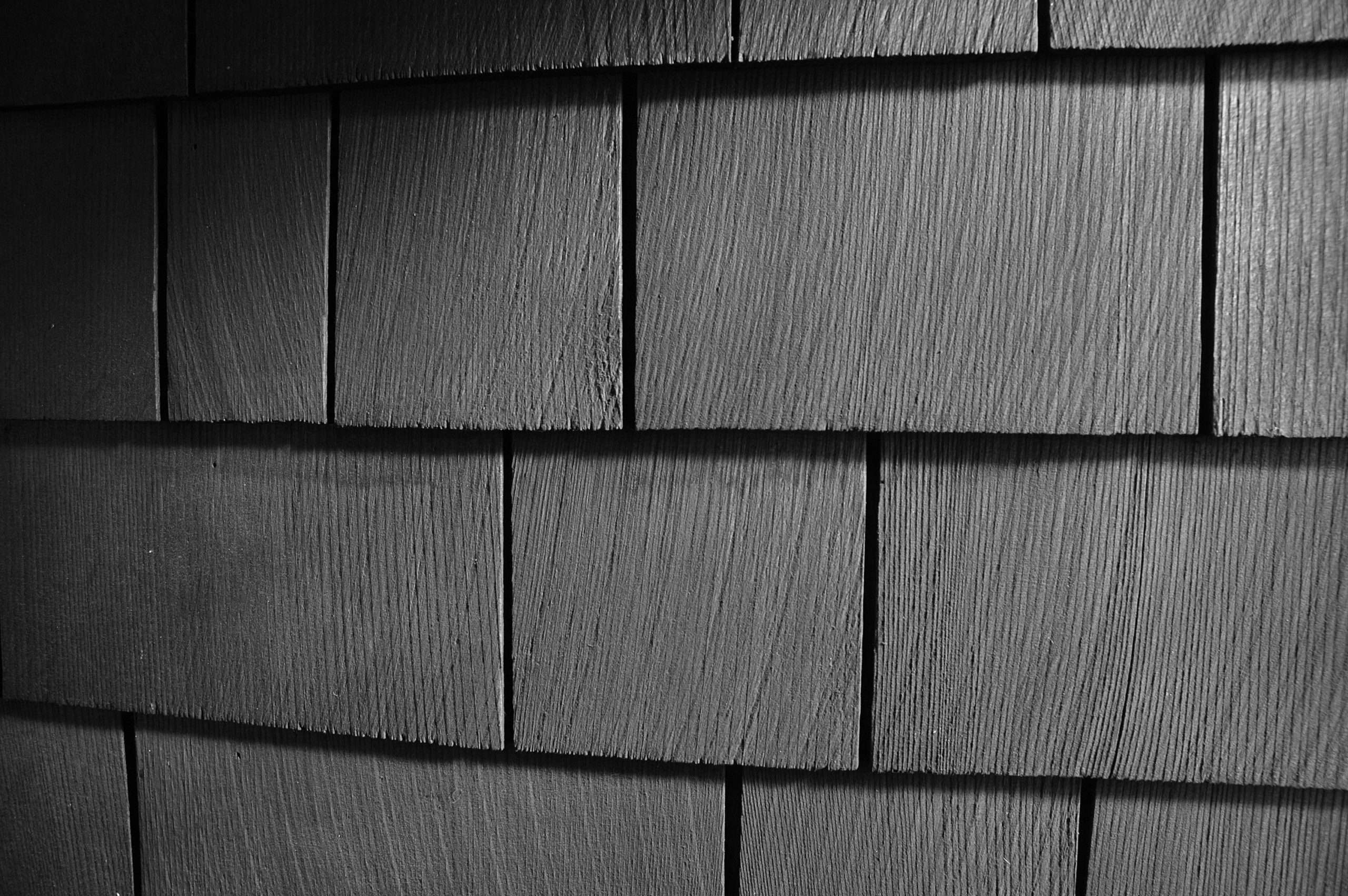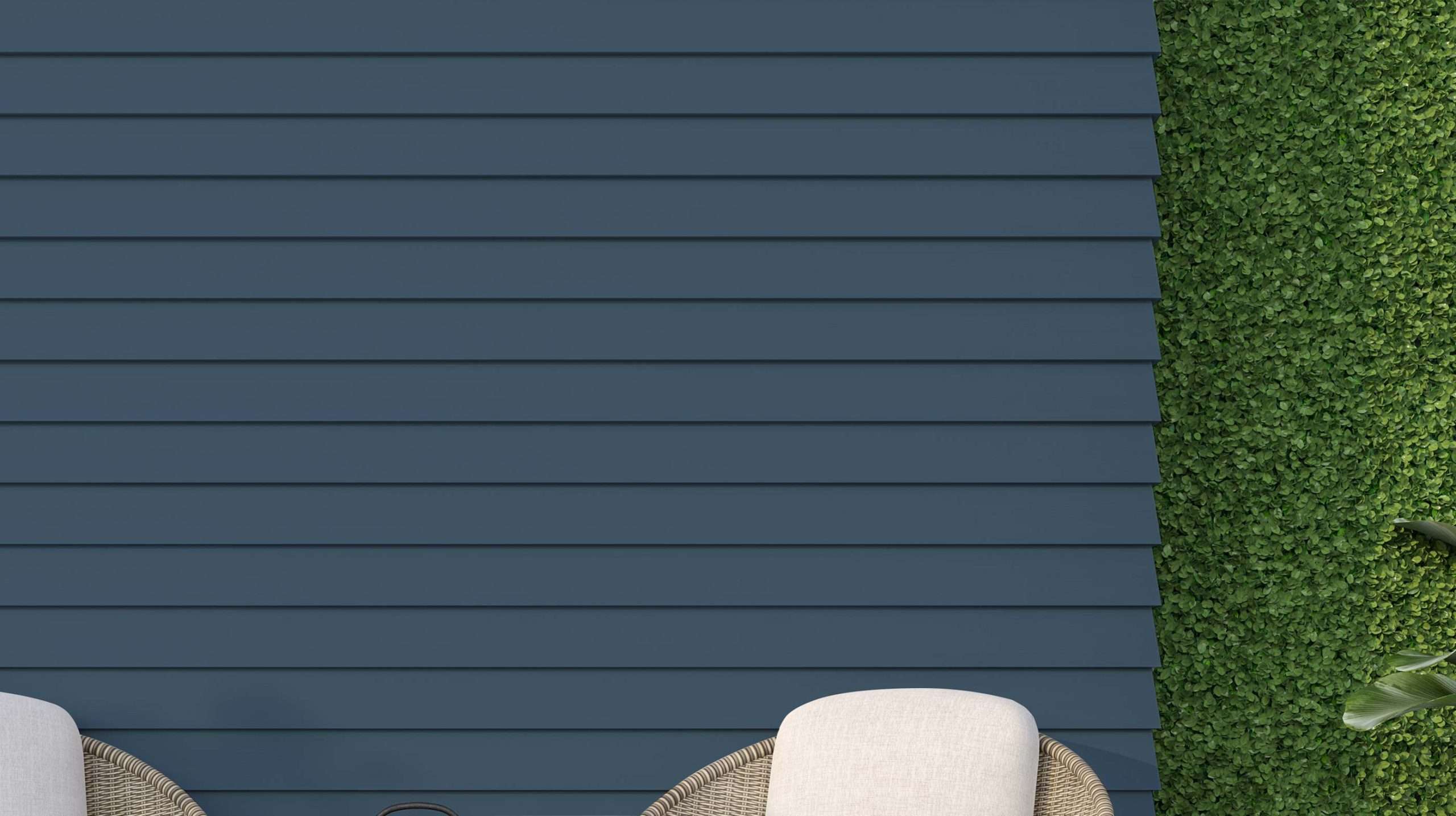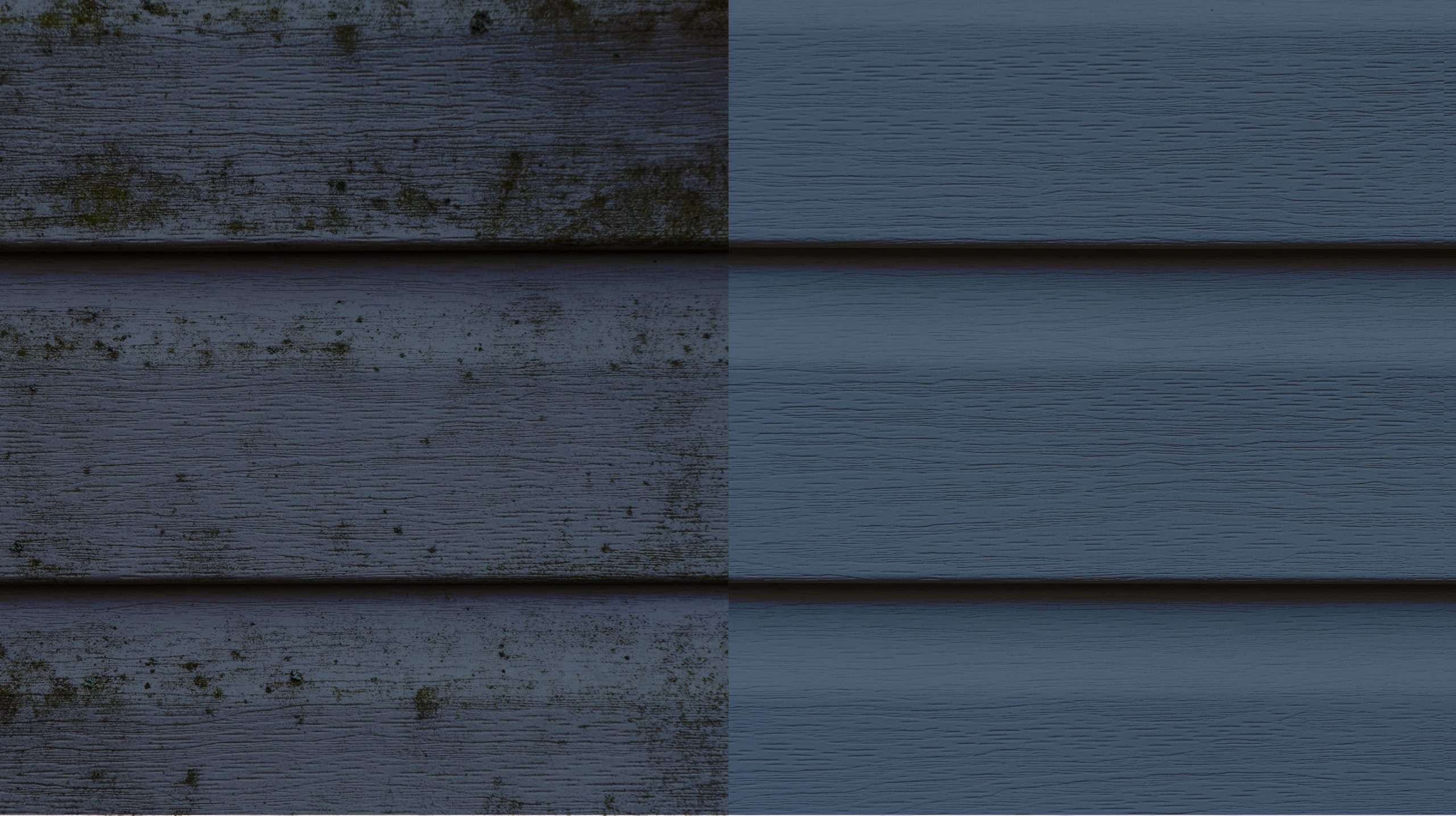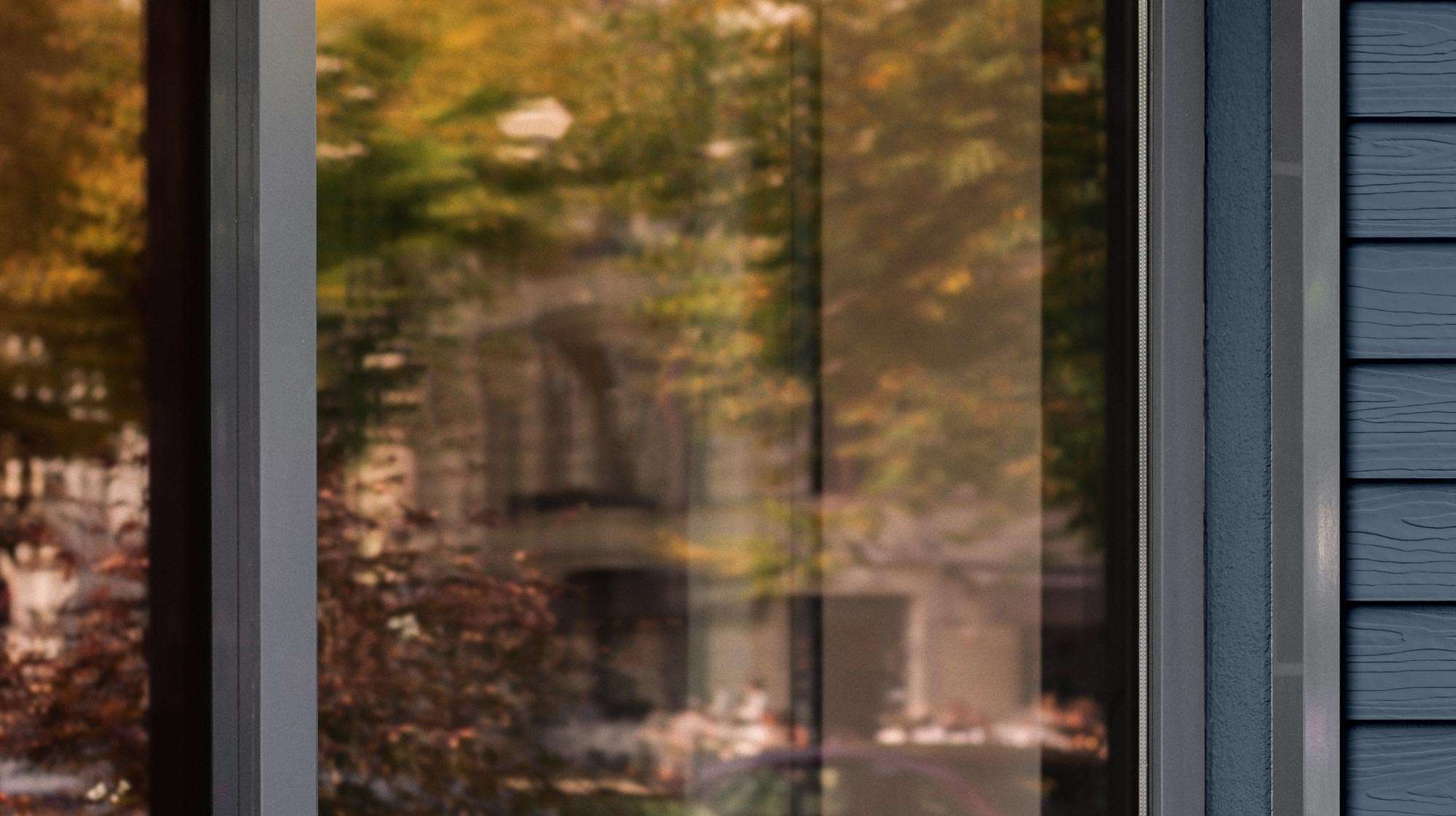The exterior of a house is constantly exposed to a variety of environmental contaminants. Dirt, sand, salt, skin oil, and bird droppings are just a few examples of substances that can adhere to and damage the exterior surfaces of homes. Understanding how these contaminants affect your home can help homeowners make informed decisions.
Table of Contents
- Dirt and Dust Accumulation
- Sand Erosion
- Salt Damage
- Skin Oil and Contact Contamination
- Bird Droppings
- The Role of Environmental Factors
- Long-Term Impact and Prevention
- Conclusion
Dirt and Dust Accumulation
Dirt and dust are composed of small particles, including soil, pollen, and industrial pollutants. These particles can adhere to exterior surfaces, leading to a buildup that dulls paint and can harbor moisture, promoting mold and mildew growth.
Sand Erosion
Sand, composed of tiny rock and mineral particles, can be abrasive. In areas with high winds or near beaches, sand can blast against exterior surfaces, causing wear and erosion of paint and finishes.
Salt Damage
Salt, particularly in coastal areas like San Luis Obispo County, can be highly corrosive. Salt accelerates the oxidation process in metals, leading to rust, and can also degrade paint and other coatings.
Skin Oil and Contact Contamination
Oils from human skin can transfer to exterior surfaces through direct contact, leaving residues that attract and hold dirt.
Bird Droppings
Bird droppings are acidic and can cause significant damage to paint and finishes if not cleaned promptly. The acid can etch into the surface, leading to discoloration and deterioration.
The Role of Environmental Factors
- Climate and Weather: The local climate and weather conditions play a significant role in the type and extent of contamination. Humidity, rainfall, temperature, and wind all influence how and what contaminants affect a home.
- Geographical Location: Homes near industries, urban centers, or natural features like oceans or deserts will face different contamination challenges.
Long-Term Impact and Prevention
- Material Degradation: Over time, these contaminants can degrade building materials, leading to the need for repairs or replacement.
- Preventative Measures: Regular maintenance, including cleaning and repainting, helps prolong the life of exterior surfaces. Choosing appropriate materials and finishes for the specific environmental conditions can also prevent damage.
Conclusion
The external contamination of house exteriors is a multifaceted issue influenced by a range of environmental and human factors. Connect with Rogall + Co. to solidify a home maintenance plan to ensure that your home is safe from contamination.
